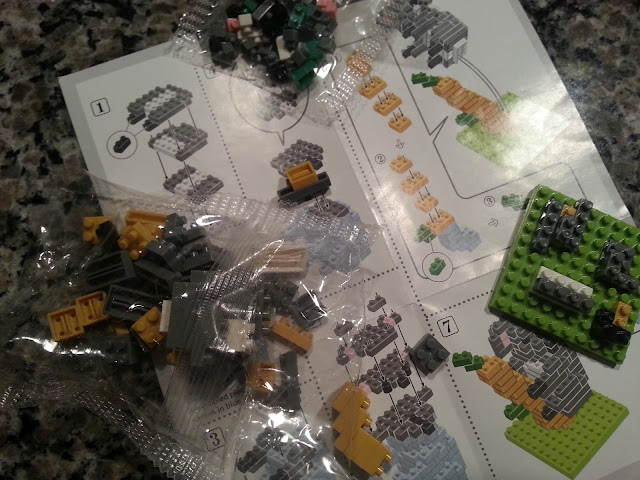An organization from LEGO bricks

As children, we built things out of LEGO bricks to show our creativity and express our imagination. LEGO bricks are different sizes and colors, but they are all able to connect to another. Considered alone, they are relatively simple, but together, they contribute to something larger and much more impressive—a manifestation of an idea that is now tangible. And they can be rearranged into a new creation with a different appearance or purpose. The individual LEGO bricks do not change, but the concept does. Take the average organizational flowchart and consider how it might look assembled from LEGO bricks. Suppose each LEGO brick represents a distinct team or function within the organization. The amount of direct contact that team or function has with other parts of the organization necessitates the relative size of the brick (so that other bricks can connect to it). Hopefully, the smaller bricks are near the foundation, and the larger bricks are near the top. In this analogy, if more tha

